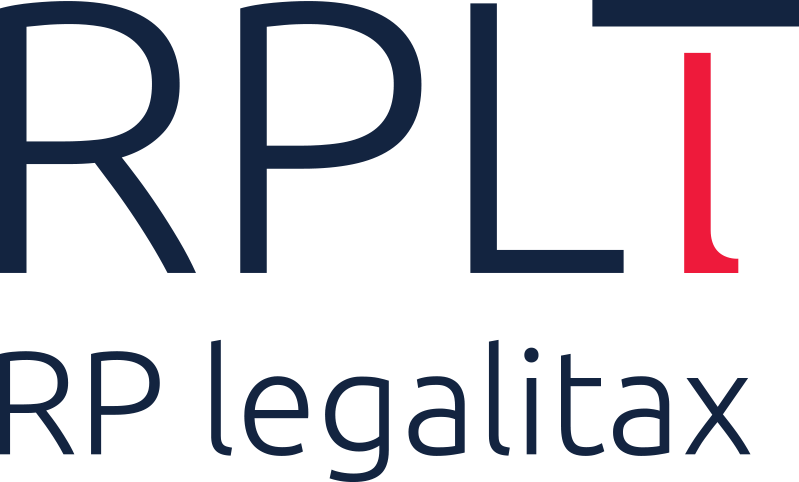Focus | Smart Working and Health and Safety: the framework of the obligations in Italy

The flexible organization of work, initially implemented out of necessity, has taken hold in a more meaningful way in many companies. Many, taking advantage of the possibility offered by the Aiuti-bis Decree, continue to implement Smart Working with the simplified mode (allowed until 31st December 2022), while many others have already worked to consolidate agile work according to the indications of the “ordinary” legislation. Each structure has therefore already had the opportunity to implement the organization that best suits its reality, evaluating the specificities of each activity and each assigned role. However, it is good to remember that if the transformation of working methods has essential concrete organizational implications, this also implies changes in other related areas, such as, in particular, regarding Health and Safety at Work.
What are the obligations that the employer must implement in this regard? What are the obligations imposed on the worker?
What is the regulatory framework?
Italian Law no. 81 of 22 May 2017 (on “Measures for the protection of non-entrepreneurial self-employment and measures to promote flexible articulation in the times and places of subordinate work“) specifies that both parties – employer and worker – are involved:
- On the one hand: “The employer guarantees the health and safety of the worker, who performs the service in agile working mode, and to this end delivers to the worker and the workers’ safety representative, at least annually, a written information, in which the general risks and the specific risks related to the particular mode of execution of the employment relationship are identified” (art. 22 paragraph 1);
- On the other hand: “The worker is required to cooperate in the implementation of the prevention measures prepared by the employer to face the risks associated with the execution of the service outside the company premises” (art. 22 paragraph 2).
In this sense, in the event of non-compliance by the employer, the same may be applied the criminal and / or administrative sanctions provided for by the Testo Unico sulla Salute e Sicurezza sul Lavoro – Consolidated Law on Health and Safety at Work (Legislative Decree 81/2008), as well as being held responsible for the damage caused to the worker in the event of an accident. On the other hand, we remind you that the worker’s shortcomings may have disciplinary relevance in the context of the employment relationship.
What the company needs to do?
- Update the DVR – Documento di Valutazione dei Rischi (Risk Assessment Document): Smart Working involves a change in the workplace; this determines the need to carry out a new risk assessment, for example in order to identify adequate prevention and protection measures (work is carried out outside the company but not always at home or in solitude) or even in order to adequately assess the risk from work-related stress (if Smart Working is a functional measure to the concrete achievement of work-life balance and therefore contributes to the reduction of stress associated with work, working outside the company could lead to an increase in stress itself, due to isolation);
- Prepare an information for the worker on the general and specific risks associated with the particular method of performing the work: it must be drawn up annually and also transmitted to the RLS – Rappresentante dei Lavoratori per la Sicurezza (Workers’ Safety Representative); the obligation can be fulfilled through personalized information to your business context also taking inspiration from that made available by the INAIL – Istituto Nazionale Assicurazione contro gli Infortuni sul Lavoro (Italian National Institute of Insurance against Accidents at Work);
- Provide adequate training to workers: on peculiar aspects of Smart Working, such as the work environment, the correct preparation of the workstation and work equipment; the duration may be even longer than the 4 hours provided for the course on low-risk activities, attended by those who carry out activities with the use of computer equipment .
The appointment and related training of the worker as a firefighting or first aid worker is not prescribed, unlike what is provided for activities carried out with the same characteristics as those of agile work, but within the company headquarters or near third parties.
No particular variation in terms of health surveillance if, even in Smart Working, the worker carries out video terminal activities for at least twenty hours a week: ordinary medical examinations remain necessary for the purpose of ascertaining work suitability.
Likewise, in the event that the equipment necessary for the proper performance of work duties is made available directly by the employer, the latter remains obliged to ensure the proper functioning of all the technological equipment assigned to the workers.
What the worker must do?
The worker in Smart Working must carry out his activity in maximum safety, paying close attention to the environments in which he works (even if you tend to consider your home as a safe and risk-free environment, it does not mean that there are none). The Legislative Decree 81/2008 states that “Every worker must take care of his own health and safety and that of other people present in the workplace, on whom the effects of his actions or omissions fall, in accordance with his training, instructions and means provided by the employer” (art. 20).
The worker must therefore respect certain rules of conduct and in particular:
- Cooperate diligently in the implementation of the prevention and protection measures prepared by the employer to face the risks associated with the execution of the service in environments other than the usual work environments;
- Not to adopt conduct, avoid places, environments, situations and circumstances that may generate or from which risks may arise for his own health and safety or for that of third parties;
- Identify suitable workplaces for the performance of the work in Smart Working, according to the needs related to the service itself or the need to reconcile private life and work, according to principles of reasonableness, respecting any indications provided in the information.
And in case of accidents?
The rules governing insurance against accidents and occupational diseases do not change. In Smart Working, the characteristics of the service performed change: by virtue of this, pursuant to Article 23 of Law 81/2017, the worker is covered against accidents and occupational diseases related to the work performed outside the company structure, provided that the risk – the concretization of which determined the harmful event – is connected with the work performance itself, including the preparatory activities to it.
The INAIL also underlined how, even from an insurance point of view, the only difference between the performance of work in Smart Working and the normal management of workers consists in the so-called “elective risk”, i.e. that risk to which the agile worker voluntarily exposes himself in contravention of the containment provisions prepared by the employer (circular no. 48/2017).
With regard to accidents on the way, insurance coverage can be guaranteed only when the choice of workplace is dictated by particular needs related to the service itself or by the worker’s need to reconcile the needs of life with those of work and meets criteria of reasonableness.
In any case, in the event of an accident, the INAIL may still carry out investigations to assess the circumstances of the incident.
***
The implementation of Smart Working therefore implies acknowledging that this new and different way of working compared to the “ordinary” one, necessarily generates new and different risks compared to those already identified. Employer and worker will therefore have to make both and together a change of perspective: if the first will have to reassess the risks that derive from the concrete performance of the activity, the second will necessarily have to adapt his behavior.






